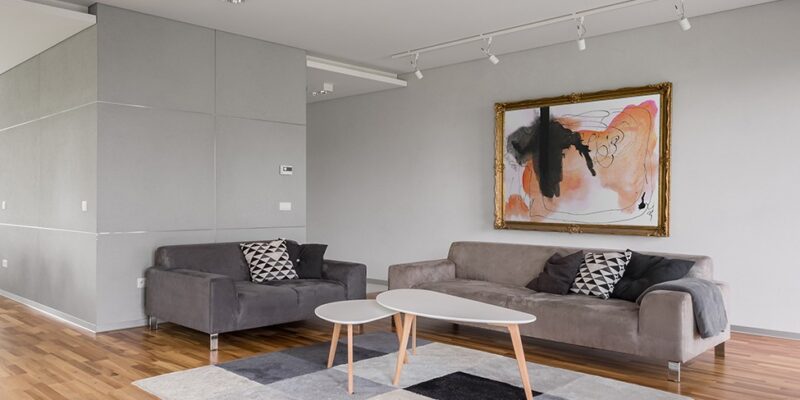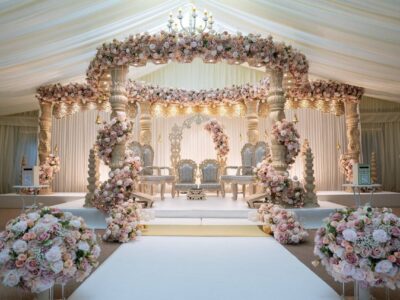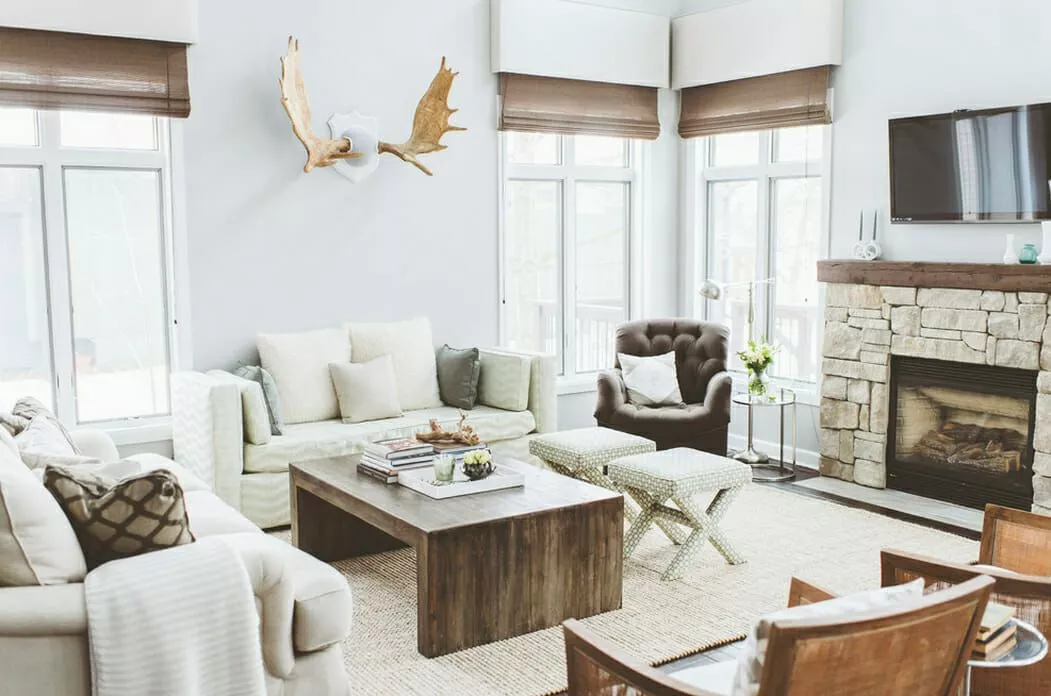Transforming a living space requires careful planning and thoughtful design choices. This comprehensive guide offers homeowners a structured approach to refreshing their interiors. Whether tackling a single room or an entire property, readers will discover practical methods for creating spaces that reflect their personal style.
The content addresses common challenges faced during renovation projects. From selecting the perfect colour palette to achieving professional finishes on walls, each aspect receives detailed attention. Proper preparation can prevent costly mistakes and save considerable time.
Actionable tips cover working with paint, wallpaper, and various finishes. These techniques help create cohesive interior schemes that balance aesthetics with functionality. Understanding how light affects colour choices is essential for making informed decisions.
This resource serves as an essential toolkit for anyone seeking to elevate their home’s appearance. It provides proven techniques that deliver professional results while accommodating individual preferences and practical requirements.
Key Takeaways
- Effective planning prevents common mistakes and saves time during interior projects
- Colour selection significantly influences the overall mood and perception of space
- Professional finishes on walls require proper preparation and technique
- Lighting conditions dramatically affect how colours appear in different rooms
- A cohesive scheme balances aesthetic appeal with practical functionality
- Personal style should guide design choices while considering resale value
- Quality materials and proper application ensure long-lasting results
Inspiration and Planning for a Stunning Home Interior
The journey towards a beautifully appointed home interior starts with gathering inspiration and creating a detailed plan. This initial phase sets the foundation for a successful transformation that reflects personal taste while ensuring practical functionality.
Developing Your Design Scheme and Colour Concepts
Establishing a clear design scheme begins with exploring different colour approaches. The traditional light-on-dark technique creates crisp contrast by using colour on walls with white woodwork.
For a more contemporary feel, the dark-on-light approach adds sophistication. This method makes rooms appear more spacious as lighter wall surfaces dominate the space.
Colour drenching has gained popularity for creating visual continuity. Using a single colour throughout the room, including woodwork and ceilings, establishes a calming atmosphere.
Neutral colour groups offer an accessible starting point for uncertain homeowners. These carefully curated palettes ensure complementary shades work harmoniously together.
Evaluating Spaces and Selecting Finishes
Assessing how natural light moves through a room at different times is crucial. This evaluation significantly impacts how colours appear within the interior space.
The selection of finishes plays a vital role in the final appearance. Different sheens and textures contribute to both the aesthetic style and practical performance of surfaces.
Considering room usage influences choices around durability and maintenance requirements. This ensures the balance between visual appeal and functional needs meets household demands.
Proper planning during this phase prevents costly mistakes. It guarantees the finished interior truly reflects the homeowner’s vision while creating a cohesive sense of style.
Expert Advice from M&O Carpenters & Decorators Ltd
Professional guidance can make the difference between amateur results and flawless interior transformations. M&O Carpenters & Decorators Ltd shares valuable insights gained from years of professional painting decorating experience.
Their expertise helps homeowners avoid common pitfalls that compromise project outcomes. Following proven methods ensures durable and visually appealing finishes.
Avoiding Common Decorating Blunders
Proper wall preparation forms the foundation of quality work. Surfaces must be cleaned thoroughly with warm soapy water before any paint application.
Cracks and holes require filling with appropriate materials. Complete dryness is essential before starting painting work.
Professionals never paint directly from the can. Decanting paint into smaller containers ensures proper mixing and consistent colour results.
| Common Mistake | Consequence | Professional Solution |
|---|---|---|
| Neglecting wall preparation | Dirt and imperfections show through paint | Clean, repair, and ensure complete dryness |
| Overloading brushes and rollers | Lumpy finishes and drips | Load brushes halfway, saturate rollers without dripping |
| Painting over damaged wallpaper | Problems telegraph through new finish | Strip damaged paper before painting |
Tips on Achieving Professional-Quality Wall Finishes
Understanding proper paint loading techniques prevents common issues. Brushes should never be loaded beyond halfway up the bristles.
Rollers require light spreading until saturated but not dripping. This approach avoids lumps and unsightly marks on walls.
Lighting conditions significantly impact results. Natural daylight reveals imperfections that artificial lighting might miss.
These professional tips save considerable time and frustration. They eliminate the need for costly remedial work on surfaces.
Decorating: Essential Techniques and Tips
Successful home transformation relies on understanding fundamental application methods. These techniques ensure lasting results that balance aesthetic appeal with practical performance.
Choosing the Right Paint and Wallpaper Options
Selecting appropriate paint finishes depends on room function and conditions. Mid-sheen and gloss paints reflect light effectively, brightening spaces naturally. Specialist products like Dulux Easycare offer moisture resistance for challenging environments.
Wallpaper provides an accessible way to add decorative interest. Modern collections coordinate precisely with paint colours. Homeowners can match tones exactly or select complementary contrasts.
The relationship between paint and wallpaper enables layered, sophisticated interiors. They combine colour, pattern, and texture harmoniously.
Utilising Lighting, Furniture, and Accents for Balance
Strategic furniture placement creates balanced interiors. Pieces should contribute to both functionality and overall aesthetic. Consider scale and proportion carefully.
Lighting powerfully affects how colours appear and furniture showcases. Natural and artificial light transform room character throughout the day.
The interplay between light, furniture, and accent pieces creates cohesion. This transforms disparate elements into unified schemes. Achieving balance ensures no single element dominates the space.
Practical Steps for a Flawless Finish with M&O Carpenters
Achieving a professional-grade finish in your home requires mastering specific application techniques. The team at M&O Carpenters emphasises that meticulous preparation and systematic execution separate amateur results from lasting quality.
Effective Wall Preparation and Surface Treatments
Proper surface treatment begins with thorough cleaning and repair. All imperfections must be filled and surfaces completely dried before any painting work commences.
This foundational step ensures the final finish appears smooth and professional. Attention to detail during preparation prevents problems from showing through later.
Step-by-Step Application for Paint, Roller, and Trim
The systematic approach follows a top-to-bottom sequence. Professionals start with the ceiling, then move to walls, and finish with woodwork and skirting.
Before using a roller on walls, edges are carefully “cut in” with a small brush. This technique creates clean lines at the ceiling junction, corners, and around trim.
For optimal coverage, apply paint in a ‘W’ pattern then fill gaps with an ‘M’ shape. Proper roller loading ensures saturation without dripping, creating even coverage on all surfaces.
When continuing work over multiple days, seal paint-filled roller heads in airtight bags. This time-saving strategy preserves paint and eliminates daily cleanup.
Following this logical sequence prevents accidental damage to completed areas. Each surface receives appropriate attention, resulting in exceptional finish quality throughout the space.
Conclusion
The principles outlined throughout this comprehensive guide provide a solid foundation for interior transformation success. Homeowners now possess the essential knowledge to approach their projects with confidence.
From initial planning to final finishes, each stage contributes to creating beautiful living spaces. Understanding how to work with walls, ceilings, and paint enables remarkable room transformations.
The investment of time in proper preparation yields lasting results. Following professional tips ensures colours and style choices create cohesive schemes throughout the home.
This resource empowers anyone to elevate their decorating skills. The result is interior spaces that balance aesthetic beauty with practical functionality for everyday living.
FAQ
How do I choose a colour scheme for my room?
Start by considering the room’s purpose and the amount of natural light it receives. For a calm space, opt for cooler tones. Use a colour wheel to identify complementary or analogous colours for a harmonious scheme. M&O Carpenters & Decorators Ltd often recommends testing paint samples on the wall to see how colours change throughout the day.
What is the best way to prepare walls before painting?
Proper preparation is vital for a professional finish. Walls must be clean, dry, and free from flaking paint or wallpaper. Fill any cracks or holes with a suitable filler, sand smooth, and apply a primer or undercoat to porous surfaces or stains. This ensures the topcoat adheres properly and looks its best.
Should I paint the ceiling and woodwork the same colour as the walls?
Not necessarily. Painting the ceiling a lighter colour than the walls can make the room feel more spacious. Woodwork, like skirting boards and door frames, is often painted in a durable, wipeable finish in a contrasting white or neutral tone to create a crisp, defined look.
What is the difference between a paint roller and a brush, and when should I use each?
A brush offers precision for cutting in around edges, corners, and detailed trim. A roller covers large, flat wall areas quickly and efficiently, providing a consistent texture. For the best results, professionals at M&O Carpenters use a brush for edges and a roller for the main wall space.
How can lighting affect my chosen paint colours?
Lighting dramatically alters how a colour appears. Natural daylight shows the truest colour, while warm artificial light can make colours feel warmer and yellower. It is crucial to view paint samples under the room’s primary light sources before making a final decision.













